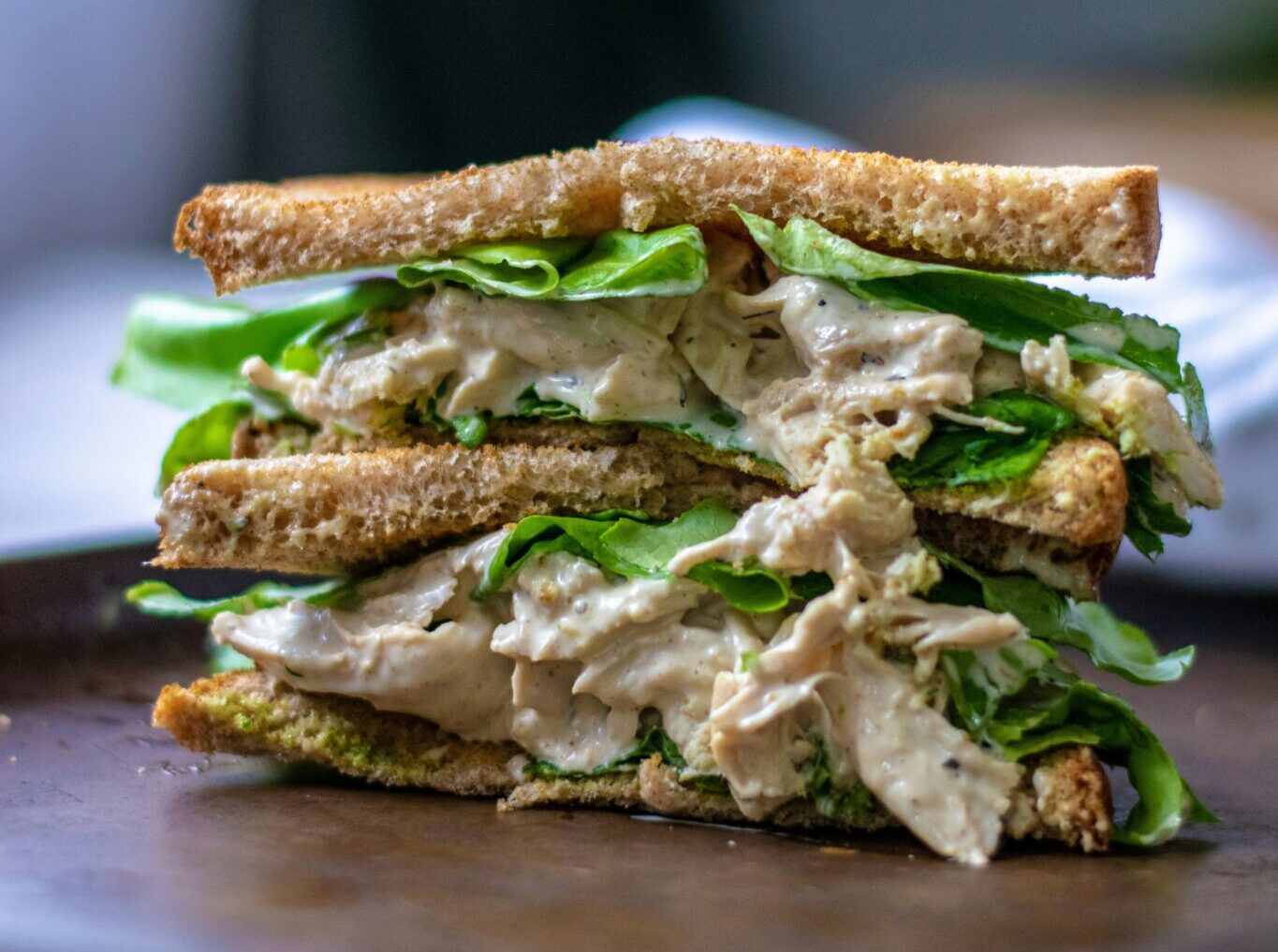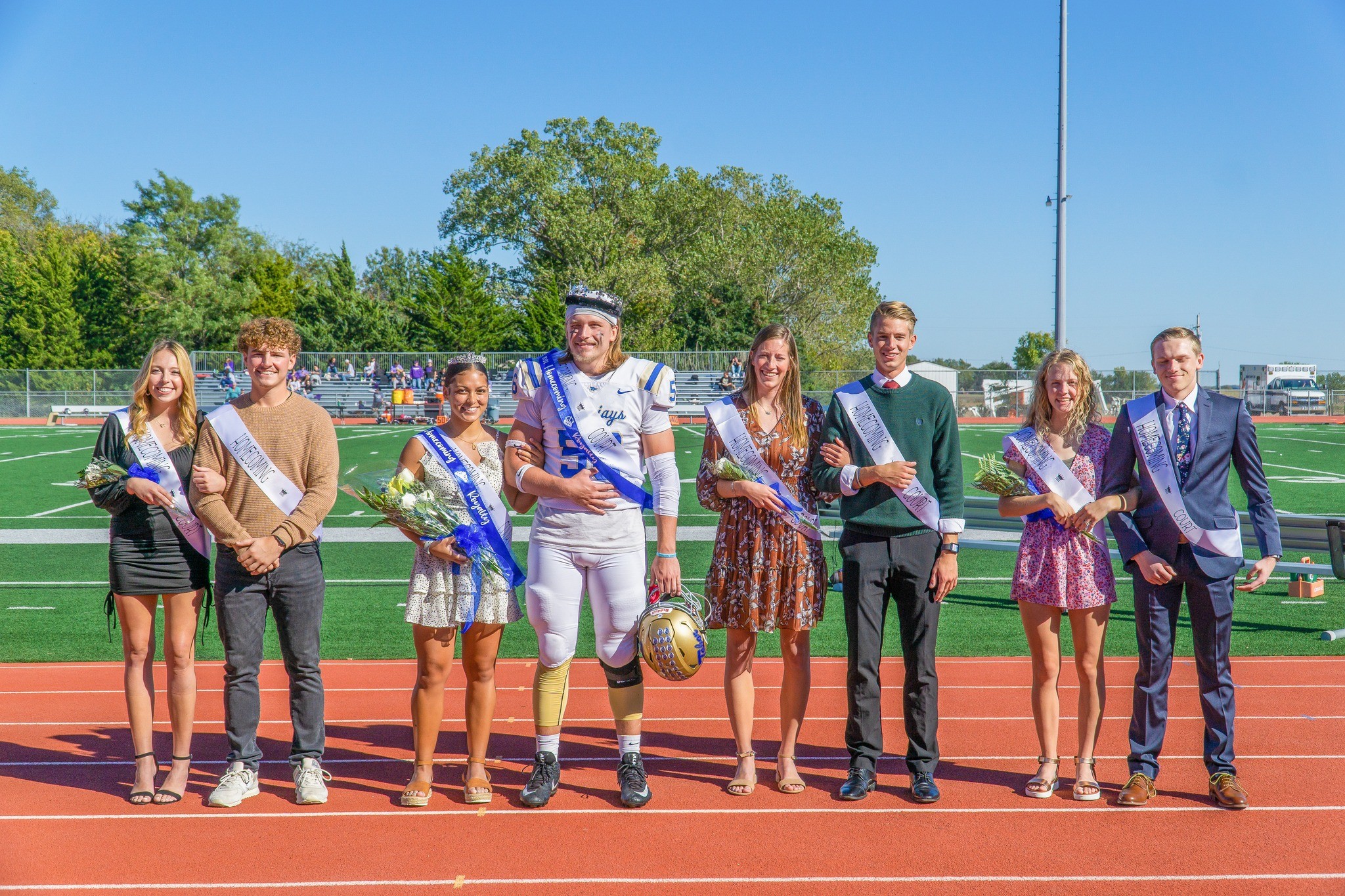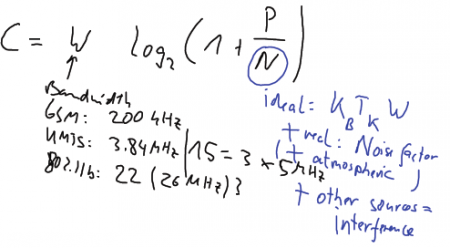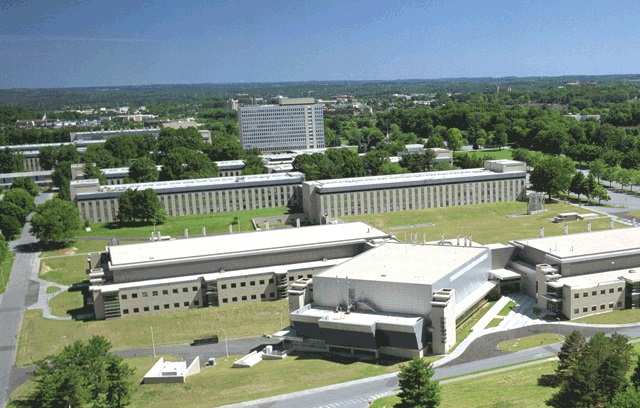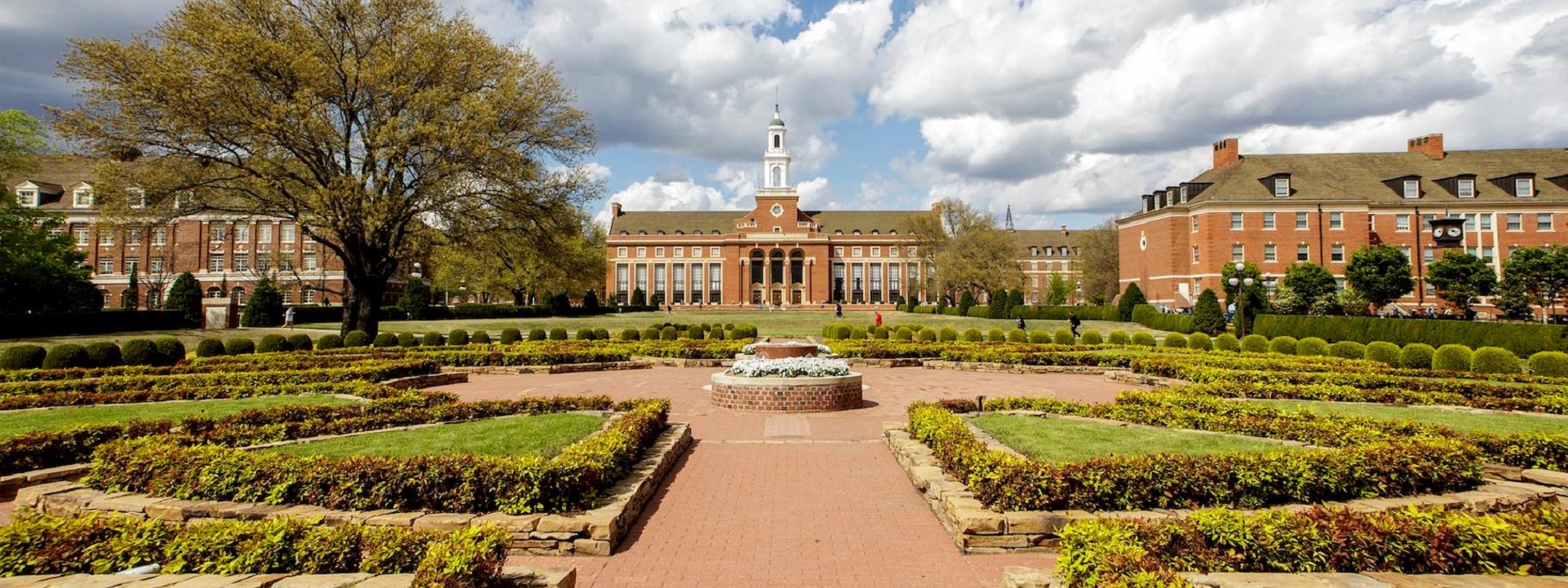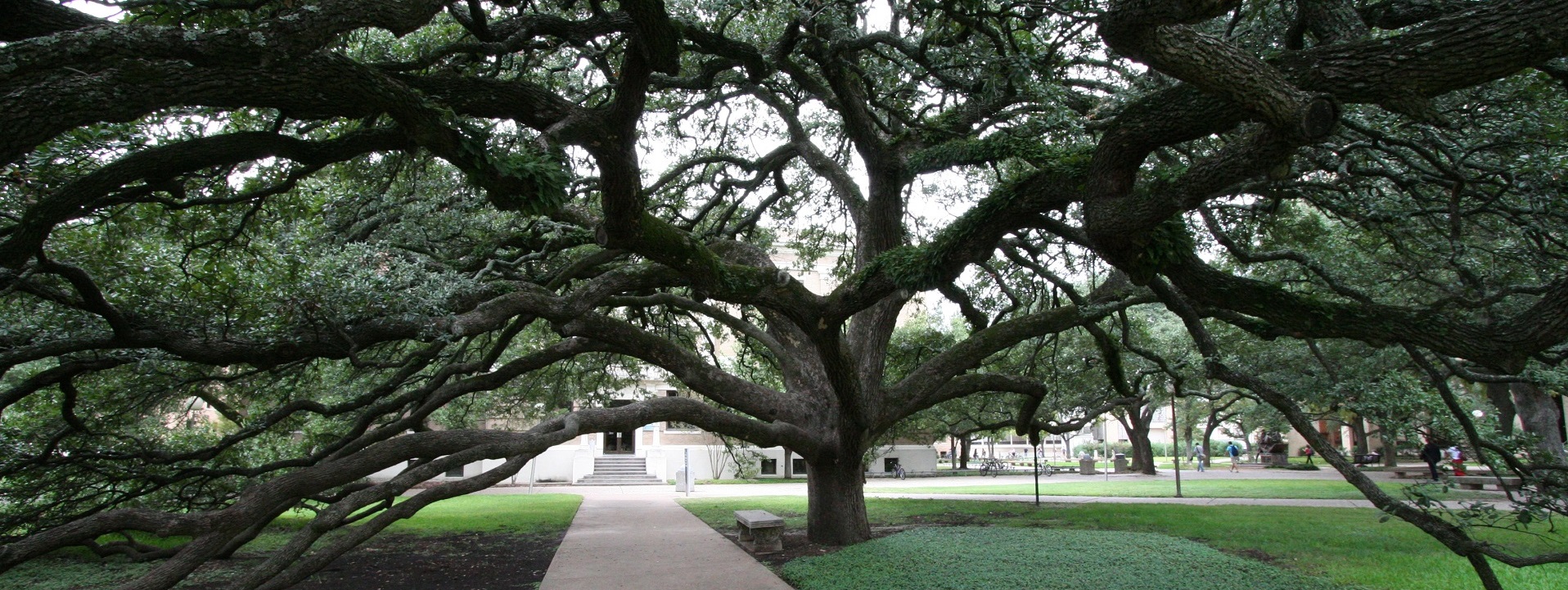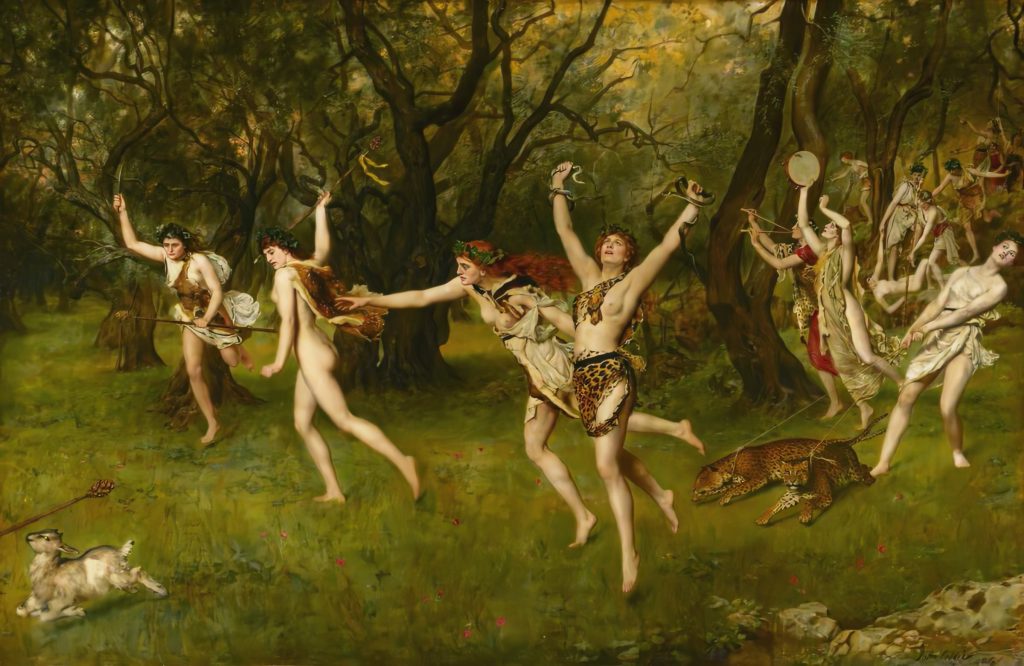BICSI G1-2023, Outside Plant Construction | Outside Plant Design Reference Manual (OSPDRM), 6th Edition
Information and communications technology (ICT) is a fast-moving economic space in which a mix of consensus and open-source standards form the broad contours of leading practice. ICT standards tend to follow international developments — more so than, say, fire safety standards which are more familiar to education facility leadership. All school districts, colleges, universities and university-affiliated health care systems have significant product, system, firmware and labor resources allocated toward ICT. Risk management departments are attentive to cybersecurity issues. All school districts, colleges, universities and university-affiliated health care systems have significant product, system, firmware and labor resources allocated toward ICT.
The Building Industry Consulting Service International (BICSI) is a professional association supporting the advancement of the ICT community. This community is roughly divided between experts who deal with “outside-plant” systems and “building premise” systems on either side of the ICT demarcation point. BICSI standards cover the wired and wireless spectrum of voice, data, electronic safety & security, project management and audio & video technologies. Its work is divided among several committees:
BICSI Technical Information & Methods Subcommittee
BICSI International Standards Program
As of this date one title has been released for public consultation:
The change is largely administrative. Comments are due December 10th
You may send comments directly to Jeff (with copy to psa@ansi.org). This commenting opportunity will be referred to the IEEE Education & Healthcare Facilities Committee which meets 4 times monthly in American and European time zones and will meet today; typically on Tuesdays. CLICK HERE for login information.
Issue: [18-191]
Category: Telecommunications, Electrical, #SmartCampus
Colleagues: Mike Anthony, Jim Harvey, Michael Hiler
Representative ICT Design Guidelines:
University of Tennessee Knoxville: Telecommunications Design and Installation Standards
Dennison University: Telecommunication Standards & Design Guidelines
University of Florida Information Technology: Telecommunications Standards






